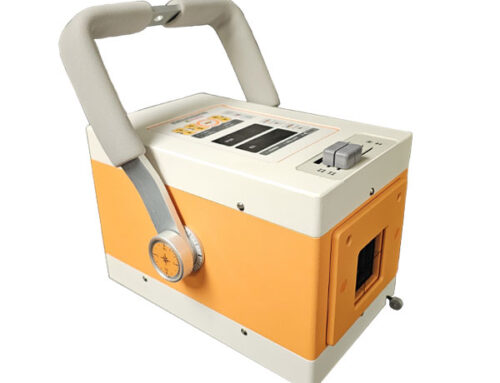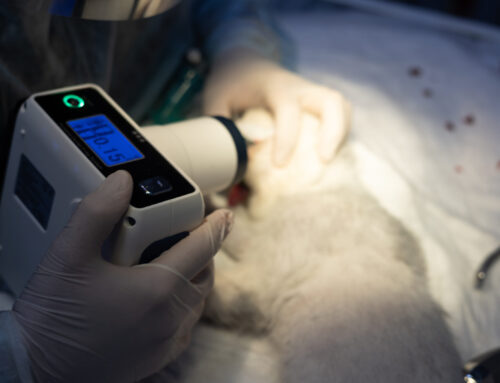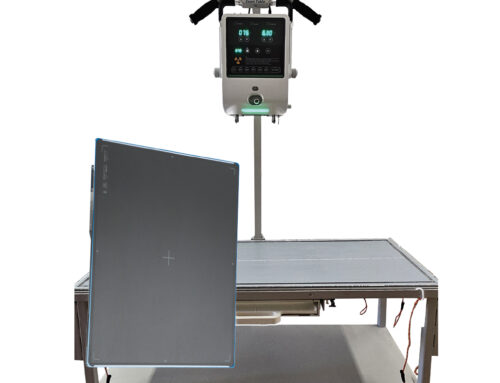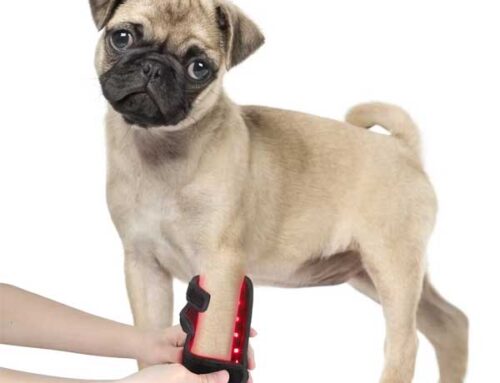According to the Humane Society of the United States, 2.7 million adoptable dogs and cats are put down each year – excluding the millions that pass away under unfortunate circumstances. Most animals are euthanized due to:
- an injury or illness beyond the ability to recover
- aging that has led to lower quality of life
- abandonment
- unmanageable behavioral problems
Euthanizing animals is not an easy task for anyone in the practice. Calming the patient and the owner can be both difficult and painful. To get an idea of euthanasia at the professional level, read the American Veterinary Medical Association’s euthanasia guidelines.
The AVMA Guidelines for the Euthanasia of Animals are intended for use by members of the veterinary profession who carry out or oversee the euthanasia of animals. The overriding commitment of these Guidelines is to provide veterinarians guidance in relieving pain and suffering of animals that are to be euthanized.
The best way to perceive pet euthanasia is to realize that the vet is providing relief, not taking a life. Suffering animals need a person to be strong when they (or their owners) cannot find that strength.
Euthanasia becomes a near daily event in the career of most vet techs, but it is never treated casually. Every animal and every owner reacts differently, and a critical skill is identifying these reactions and accommodating them. While the practice can be a traumatic experience for pet owners, the professional behavior of a vet/vet tech is greatly appreciated. It isn’t that the vet/vet tech doesn’t care about ending that pet’s life; rather, a certain distance is required to be able to focus on treating the patient. That doesn’t mean being callous; a good vet practice includes people who empathize with the grieving client.
How, you may ask, does one deal with the emotional strain of euthanasia?
- Attend training session on the topic
- Remind themselves that they are helping both the animal and the owner
- Share feelings with co-workers and friends
- Find some private time to reflect on the procedure
A number of today’s vet techs are specializing; becoming “euthanasia technicians.” In this relatively new profession, experts typically work in shelters and research facilities, where all kinds of animals are given the relief from the pain they suffer from every day. Gaining in popularity is veterinary hospice, a family-centered, medically supervised, and team-oriented service dedicated to maintaining comfort and quality of life for the terminally ill or geriatric pet until natural death occurs or the family elects euthanasia.
Euthanasia can be a very sad part of a veterinary practice. But there are times that euthanasia can be a kindness – a way to end suffering





